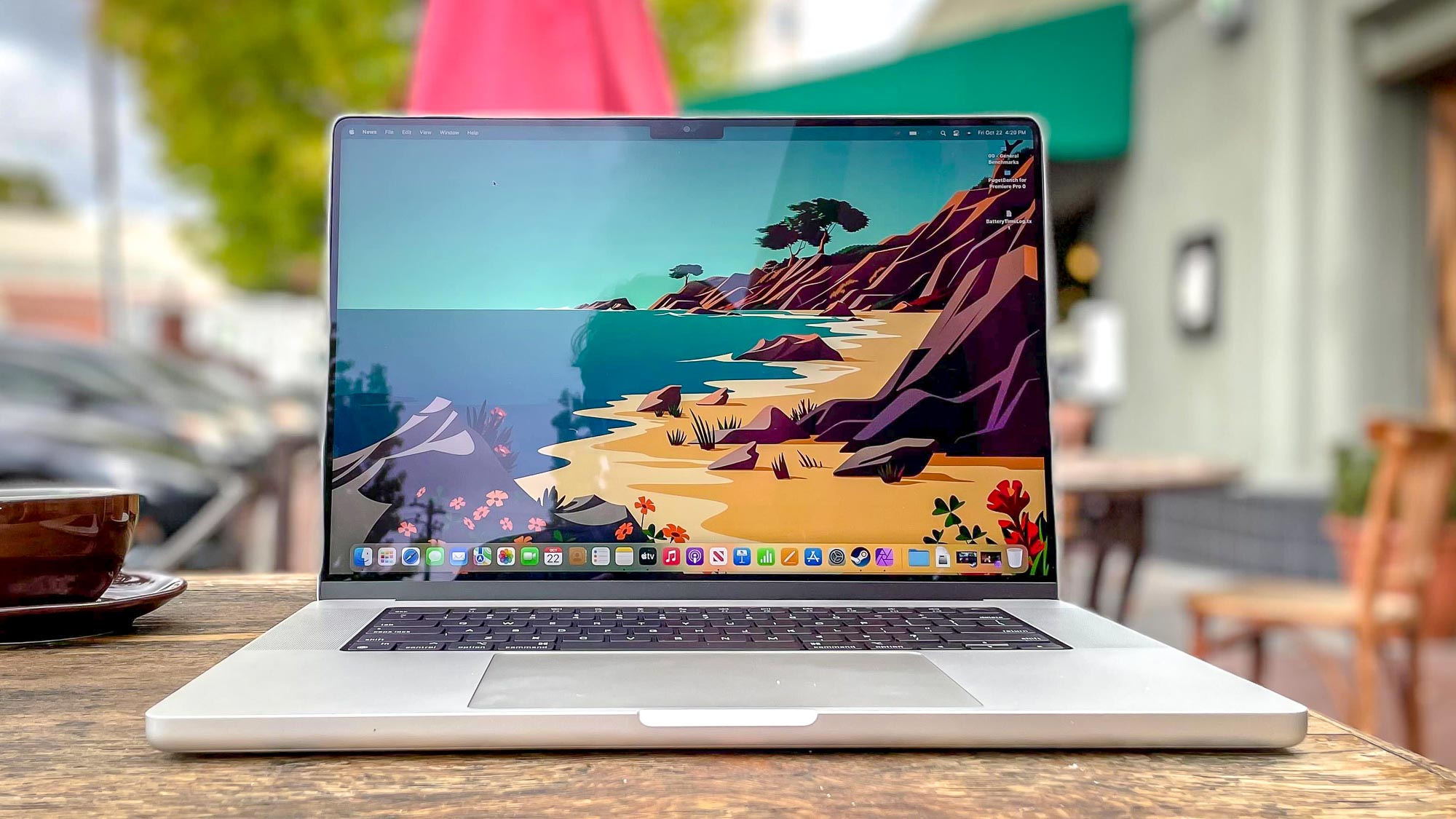Microsoft Turns 50: As Microsoft celebrates its 50th anniversary, the tech titan is looking back on a half-century of breakthroughs — and ahead to a future powered by AI, cloud computing, and gaming. From humble beginnings in a garage to shaping the global digital ecosystem, Microsoft’s journey is a timeline of game-changing innovations. Continues below advertisement window.
addEventListener("load", function() { let ad_unit_fire_time = 1000; if(ad_delay_time_abp > 0){ ad_unit_fire_time = parseInt(ad_delay_time_abp) + 500; } setTimeout(function () { googletag.cmd.push(function() { googletag.

display("div-gpt-ad-9167143-2"); }); },ad_unit_fire_time) }); Microsoft’s 50-Year Evolution: A Timeline of Innovation 1975: Bill Gates and Paul Allen founded Microsoft on April 4, developing Altair BASIC and laying the foundation for a global tech empire. 1981: Microsoft signs a deal with IBM to provide an operating system for its personal computers, leading to MS-DOS. 1983: Microsoft introduces Word and the first version of Windows is announced.
1985: Windows 1.0 launches, introducing a graphical interface that would shape computing. 1990: Microsoft Office debuts, revolutionising productivity software.
Continues below advertisement window.addEventListener("load", function() { let ad_unit_fire_time = 1000; if(ad_delay_time_abp > 0){ ad_unit_fire_time = parseInt(ad_delay_time_abp) + 500; } setTimeout(function () { googletag.cmd.
push(function() { googletag.display("div-gpt-ad-1253031-3"); }); },ad_unit_fire_time) }); 1995: Windows 95 launches, introducing the Start button and making personal computing more intuitive. 2001: Microsoft enters the gaming industry with the launch of Xbox.
2009: Windows 7 launches, marking a major improvement over its predecessor. 2010: The debut of Microsoft Azure marks the company's entry into cloud computing. 2011: Skype is acquired for $8.
5 billion, enhancing Microsoft’s communication tools. 2012: Microsoft launches Surface, its first in-house PC hardware. 2014: Satya Nadella becomes CEO, steering the company towards a cloud-first and AI-driven transformation.
2016: Microsoft acquires LinkedIn for $26.2 billion, expanding its enterprise influence. 2021: Microsoft Teams surpasses 250 million monthly active users, solidifying its role in remote work.
2023: Microsoft acquires Activision Blizzard for $68.7 billion, expanding its gaming footprint. Reflecting on this journey, Microsoft acknowledges the role of its employees, partners, and customers in driving its success.
“We are proud of our employees, past and present, who have seized the opportunity to reinvent our company as tech paradigms shift, staying relevant and earning the trust of our customers and partners,” Microsoft stated. The Road Ahead: Microsoft’s Vision for the Future As it embarks on the next 50 years, Microsoft remains committed to innovation in AI, cloud computing, and digital experiences. Its AI-powered platform Copilot, breakthroughs in quantum computing, and continued investments in gaming signal a future where Microsoft continues to define the next era of technology.
Also read Bill Gates Recalls His 'Coolest Code Ever' That Launched Microsoft 50 Years Ago.
50 Years Of Microsoft: A Quick Timeline Of The Tech Empire's Biggest Milestones

Microsoft Turns 50: As Microsoft celebrates its 50th anniversary, the tech titan is looking back on a half-century of breakthroughs — and ahead to a future powered by AI, cloud computing, and gaming. From humble beginnings in a garage to shaping the global digital ecosystem, Microsoft’s journey is a timeline of game-changing innovations.Microsoft’s 50-Year Evolution: A Timeline of Innovation1975: Bill Gates and Paul Allen founded Microsoft on April 4, developing Altair BASIC and laying the foundation for a global tech empire.1981: Microsoft signs a deal with IBM to provide an operating system for its personal computers, leading to MS-DOS.1983: Microsoft introduces Word and the first version of Windows is announced.1985: Windows 1.0 launches, introducing a graphical interface that would shape computing.1990: Microsoft Office debuts, revolutionising productivity software.1995: Windows 95 launches, introducing the Start button and making personal computing more intuitive.2001: Microsoft enters the gaming industry with the launch of Xbox.2009: Windows 7 launches, marking a major improvement over its predecessor.2010: The debut of Microsoft Azure marks the company's entry into cloud computing.2011: Skype is acquired for $8.5 billion, enhancing Microsoft’s communication tools.2012: Microsoft launches Surface, its first in-house PC hardware.2014: Satya Nadella becomes CEO, steering the company towards a cloud-first and AI-driven transformation.2016: Microsoft acquires LinkedIn for $26.2 billion, expanding its enterprise influence.2021: Microsoft Teams surpasses 250 million monthly active users, solidifying its role in remote work.2023: Microsoft acquires Activision Blizzard for $68.7 billion, expanding its gaming footprint.Reflecting on this journey, Microsoft acknowledges the role of its employees, partners, and customers in driving its success. “We are proud of our employees, past and present, who have seized the opportunity to reinvent our company as tech paradigms shift, staying relevant and earning the trust of our customers and partners,” Microsoft stated.The Road Ahead: Microsoft’s Vision for the FutureAs it embarks on the next 50 years, Microsoft remains committed to innovation in AI, cloud computing, and digital experiences. Its AI-powered platform Copilot, breakthroughs in quantum computing, and continued investments in gaming signal a future where Microsoft continues to define the next era of technology.














